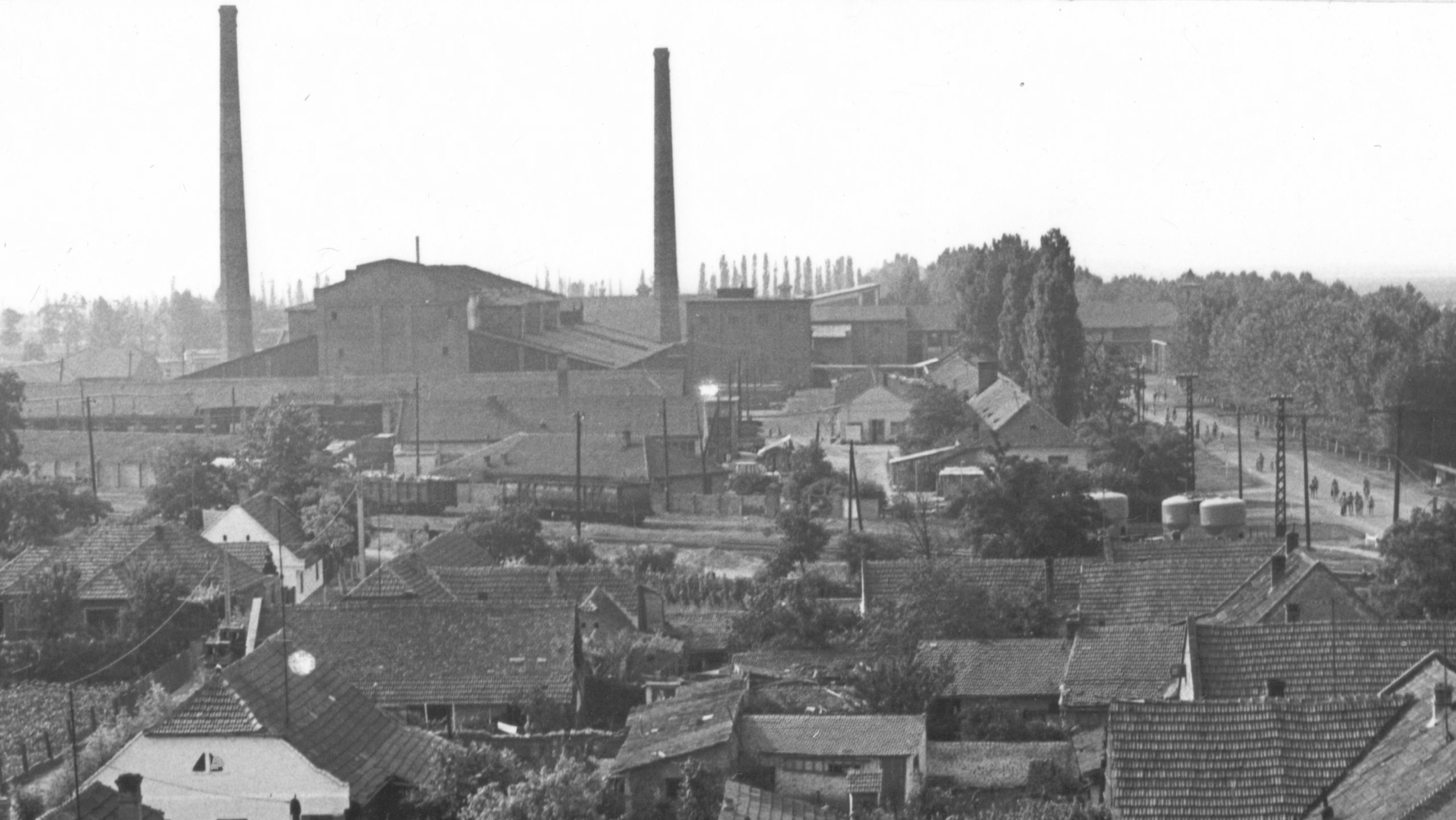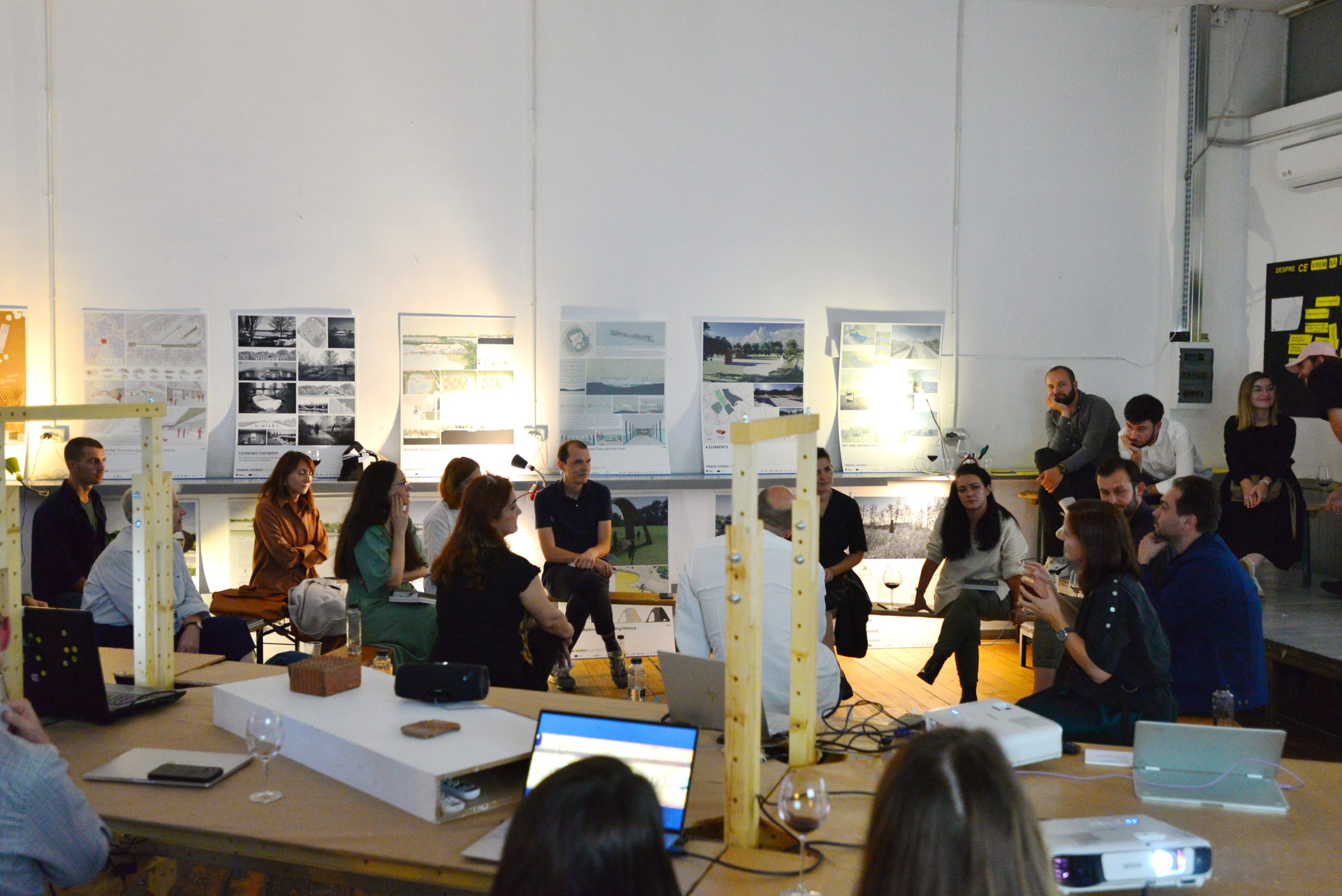
The Railway and the Industrial Area (VIDEO)
Inaugurated on November 15, 1857, as part of the railway connecting Vienna to the Danube and, implicitly, to the Black Sea, the Szeged- Jimbolia- Timișoara railway line, proved to be an invaluable infrastructure asset, greatly contributing in Jimbolia’s economic boom of the next five decades.
Initial planning had this very important railway corridor going several kilometers to the north of Jimbolia, through Sânnicolau Mare, Comloșu Mare and Lenauheim. If this initial planning had been implemented one can only assume that Jimbolia’s economic, social and even cultural history would have been different from what we know today. Enter count Johann Csekonics, whose large agricultural estate was centered around Jimbolia. His lobbying at court authorities in Vienna and Budapest, and subsequent land donations, proved to be detrimental in moving the rail line to the benefit of Jimbolia and not of Sânnicolau Mare.
FULL VIDEO HERE:
- (J. Anton; A. P. Petri; Eisenbahn, Post und Beleuchtung în Heimatbuch des Heidestädtchens Hatzfeld im Banat; Heimatortsgemeinschaft Hatzfeld, 1991)
text: Sergiu Dema and Cristian Blidariu









